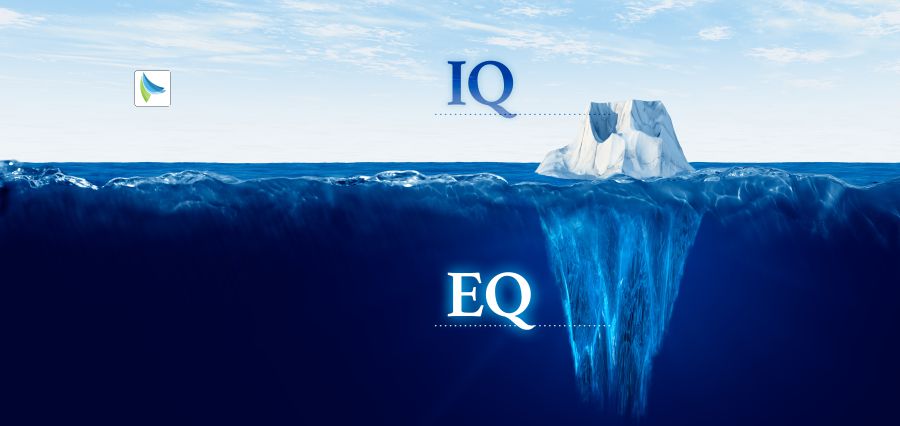The COVID-19 pandemic flipped the world on its head in ways that no one could have conceived. The economies of the world were disrupted, companies had to shift overnight, and the digital landscape saw uncontrollable acceleration. In all this mayhem, there was one idea that emerged as the silver bullet for organizational survival and future-readiness: digital ecosystems.
And now, as we enter the post-pandemic economy, the conversation is evolving from digital transformation to digital resilience. Companies all over the world are posing a basic question: How do we create digital ecosystems that are resilient to future disruption and drive sustainable growth?
Understanding Digital Ecosystems
A digital ecosystem is a network of interlinked digital platforms, applications, services, partners, and streams of data which collaborate to offer an uninterrupted value proposition to users. Digital ecosystems are not linear models as they were in the past, but are instead dynamic, decentralized, and highly collaborative.
Imagine them as their digital counterparts to natural ecosystems: they flourish in balance, adaptability, and interdependence. From Amazon and Google giants to new entrants, organizations utilizing digital ecosystems are more capable of innovating, growing, and evolving.
The Post-Pandemic Reality Check
The pandemic was a global digital infrastructure stress test. Companies that had already started to establish their digital ecosystems were more likely to adopt remote work, survive supply chain disruptions, and transition to adapt to shifting consumer requirements. Companies with old technology and isolated systems didn’t fare as well.
Businesses had moved forward their digital presence by three or four years, a McKinsey report said. Accelerating isn’t sufficient, however. What businesses must aspire to today is resilience—the capacity to absorb disruption, recover speedily, and keep on generating value in doubtful situations.
Pillars of a Resilient Digital Ecosystem
To be competitive and future-proofed, companies need to be in the business of building strong digital ecosystems. The following are the most important pillars to highlight:
- Interoperability and Integration
A healthy ecosystem requires that all the digital pieces—hardware, software, platforms—speak to each other. APIs and shared data models enable vendors, geographies, and platforms to integrate. Interoperability eliminates bottlenecks and provides more flexibility in managing disruptions.
- Cloud-First Infrastructure
Cloud computing is no longer a choice, it’s necessary. It provides scalability, reliability, and security at a reduced cost. Cloud-based digital ecosystems enable organizations to be in a position to react to spikes in demand, enable remote access, and deliver services quicker. Hybrid and multi-cloud approaches are particularly useful in business continuity.
- Cybersecurity and Trust
With every growing digital environment, the attack surface grows as well. Only by means of an active cybersecurity strategy with zero-trust architecture, continuous audits, threat detection, and robust identity management can resilience be ensured. Trust is the money of the digital era—your partners and users need to feel safe within your environment.
- Data-Driven Decision Making
Data is the oxygen that sustains any online environment. Powerful systems leverage real-time data to make decisions, forecast trends, and make wise choices. Including investments in analytics, AI strength, and data stewardship can transform the way an organization prospers and responds to a crisis.
- Agility and Adaptability
Change is unavoidable. Companies need to create digital ecosystems that adapt as circumstances evolve. This involves adopting modular architectures, agile development methodologies, and learning cultures on teams.
Case in Point: The Rise of Collaborative Platforms
One obvious example of digital ecosystems in practice is the emergence of collaboration platforms such as Microsoft Teams, Slack, and Zoom. These weren’t simply rolled out as communications tools during the pandemic they became ecosystems by being integrated with hundreds of third-party applications, allowing anything from project planning to virtual events.
Also, in industries such as healthcare and retail, ecosystem thinking has energized the development of telemedicine, mobile payments, and customer experience platforms—all interconnecting services that were merely years off.
Challenges in Building Digital Ecosystems
Where the advantages are clear, there are pitfalls in creating a strong digital ecosystem. Legacy systems, digital illiteracy, and inertia are all traps that can hold things back. There’s also the risk of over-concentration with a handful of vendors or technologies, which would represent a point of failure.
To overcome these obstacles, leadership will need to place digital strategy on the boardroom agenda. Upskilling workers, open innovation, and building strategic partnerships will be the recipe for success in the ecosystem.
Looking Ahead
The pandemic economy is characterized by complexity, interconnectedness, and accelerating change. In this new world, companies that recognize digital ecosystems as strategic assets rather than simple IT systems will lead the way.
Resilience is not about preventing disruption; it’s about being prepared for it. A well-considered digital ecosystem allows organizations to turn on a dime, act with speed, and come back stronger from adversity.
Futureproofing, developing resilient digital ecosystems is no longer a nicety, it’s a necessity for sustainable growth, innovation, and influence.
Read More: The Secret Ingredient for Successful Tech Transformation











